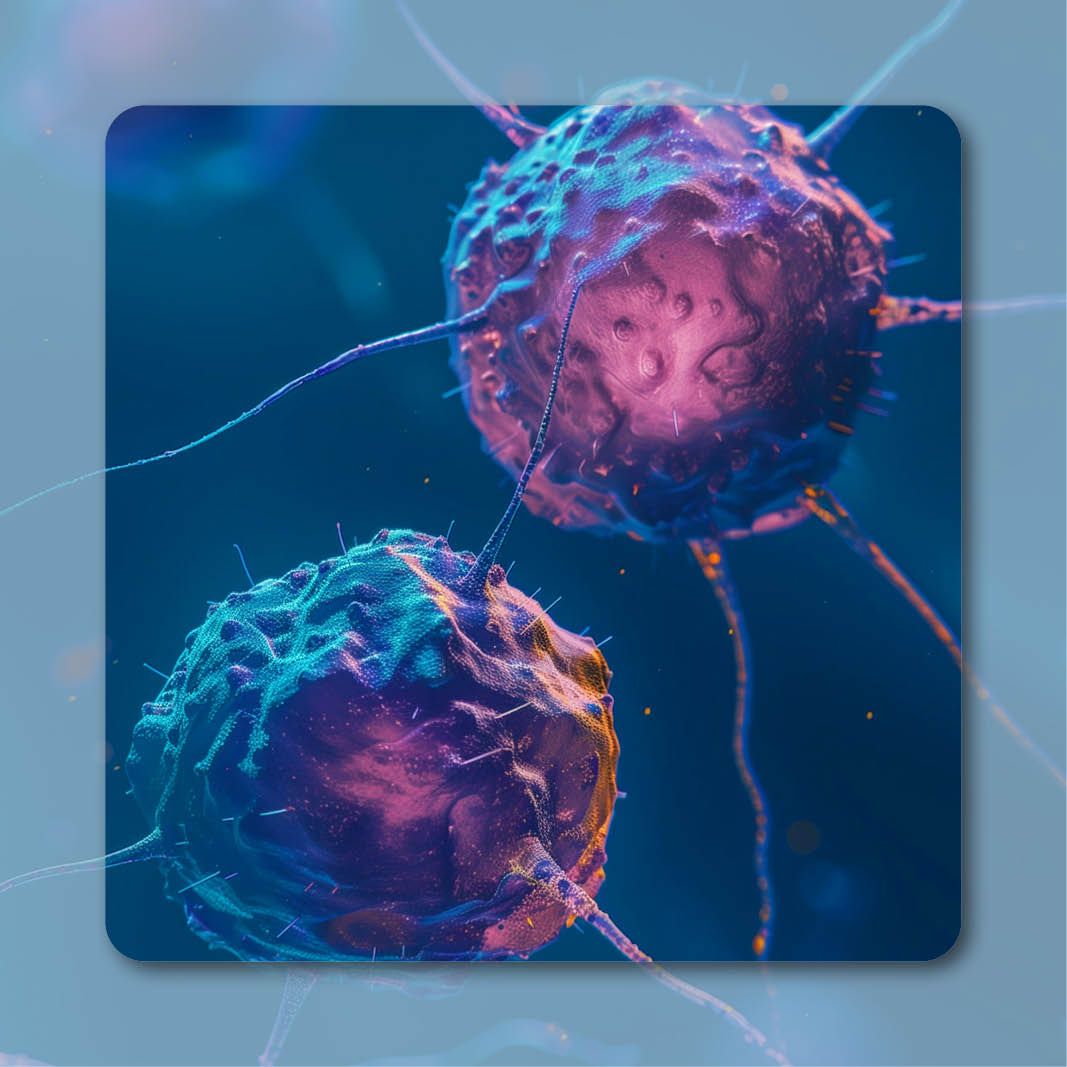Commentary
Video
Dr Yekedüz on the Benefits of Biomarker-Driven Treatment in Kidney Cancer
Author(s):
Emre Yekedüz, MD, discusses key takeaways from IMmotion010, highlighting the importance of biomarker-driven treatment in patients with kidney cancer.
Emre Yekedüz, MD, research fellow, Dana-Farber Cancer Institute, discusses key takeaways from the phase 3 IMmotion010 trial (NCT03024996), highlighting the importance of utilizing biomarker-driven treatment in patients with kidney cancer.
At the 2024 ASCO Annual Meeting, several kidney cancer studies focused on biomarkers, but unfortunately, most of these studies did not yield positive results, Yekedüz begins. However, when considering the broader context of KIM-1 in kidney cancer research, one notable finding emerged: KIM-1 appears to be associated with response to atezolizumab (Tecentriq) treatment in high-risk patients with this disease, he explains. This observation stems from the the IMmotion010 study, he adds. This topic is significant because such biomarkers could play a crucial role in identifying patients who are more likely to benefit from immunotherapy or combination therapies, Yekedüz notes.
IMmotion010 revealed that patients with RCC who had high KIM-1 levels at baseline (n = 300) experienced a median disease-free survival (DFS) of 35.88 months vs a DFS of 57.23 months for those with low KIM-1 levels at baseline (n = 452; HR, 1.75; 95% CI, 1.40-2.17). Investigators identified a baseline KIM-1 level of 86 pg/mL as the optimal threshold for distinguishing between high and low KIM-1 subgroups.
Oncologists categorize patients based on their clinical risk, he continues, adding that without the use of biomarkers, some patients may be overtreated. By incorporating specific biomarkers into treatment decision-making, it is possible to more accurately select patients who are likely to derive the most benefit from immunotherapy and other combination therapies, both in the adjuvant and metastatic settings, Yekedüz emphasizes.
Overall, the outlook for kidney cancer treatment is promising, particularly with the anticipation of triplet therapies in the metastatic setting, Yekedüz expands. Additionally, new combination therapies, such as immunotherapy paired with HIF2 inhibitors in the adjuvant setting, are on the horizon, he states. This progress is exciting, and investigators eagerly await the upcoming results that will further enhance the ability to treat patients more effectively, Yekedüz concludes.




















